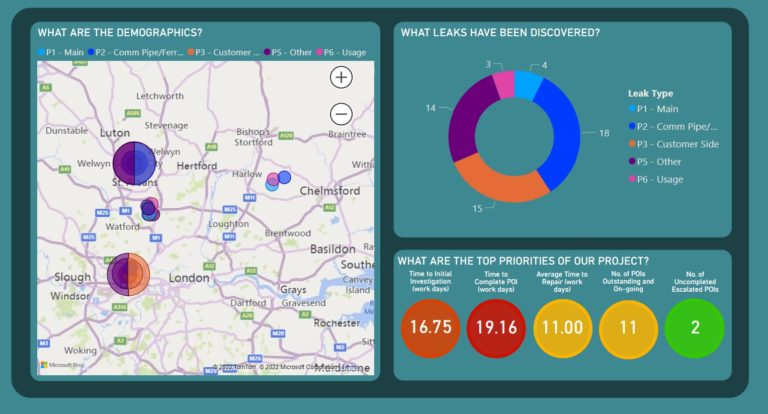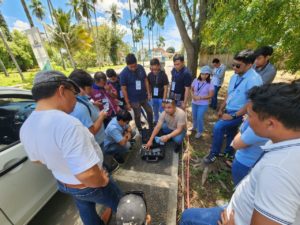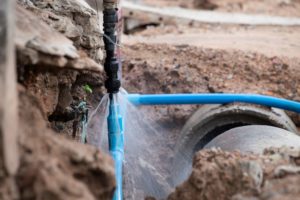Fully-Managed Fixed Network Leakage Service Launches

Ovarro’s unique fixed-network-as-a-service model now in operation. (Image source: Ovarro Ltd.)
LeakNavigator is the UK’s first fully-managed, fixed network leakage service. The leak-locating model comprises advanced acoustic data loggers, cutting-edge cloud-based software and Ovarro’s inhouse leakage expertise.
With all elements combined, the service can accurately identify points of interest (POIs) on behalf of water companies, alerting field technicians directly, so they can head straight to site with high confidence that a leak will be found, thereby reducing the need for inhouse data analysis.
LeakNavigator has undergone successful trials with UK water companies, recording a combined performance increase of 20-25% in total leaks found, plus a 30% reduction in lost field time through false positives and a POI-to-leak conversion rate of over 85%.
As-a-service models are subscription-based applications, with infrastructure that is entirely managed and maintained by an external supplier. These services allow companies to focus on their core responsibility of water system management and leave the data analysis to external specialists.
Matthew Hawkridge, chief technology officer, Ovarro, will be presenting LeakNavigator at World Water-Tech Innovation Summit in London, UK, on 21-22 February 2023.
He said, “Regulators and customers are continuing to push water companies to cut leakage and their expectations will only increase. While acoustic fixed networks – which are permanently in place to pinpoint leaks by monitoring the sound of water escaping from pipes - are bringing major improvements, the sector has at times struggled with the correct placement of acoustic loggers.
“For remote loggers to achieve the best possible results, they need to be placed in the optimum locations across a network – but establishing precisely where these spots are is no easy task and requires specialist expertise.
“If loggers are not placed appropriately, location data could be compromised and water company analysts have an even harder job of pinpointing leaks. This means leak detection teams could be spending valuable time and money trying to identify leaks in the wrong place.”
Ben Crabtree, Ovarro product line director for analytics, continues, “LeakNavigator solves this challenge by taking complete ownership of the data analysis and leak detection process, working in collaboration with water companies, with results-driven accountability.
“This consultative approach is already enhancing performance of acoustic fixed networks, including high accuracy POIs, high operability and good conversion rates. These outcomes are allowing leakage teams to focus their attentions on fixing, not monitoring, the problem, which will help them achieve their leakage targets and ultimately secure future water supplies.”
The LeakNavigator package uses acoustic loggers from the cutting-edge Enigma range, which are installed following an assessment of a water company’s district metered area (DMA), undertaken by Ovarro’s leakage analysts. This process establishes the most suitable equipment to install, the unit numbers required and the best locations for optimum efficiency. The service can also apply to existing Enigma logger fleets already installed.
Once the loggers are in operation, Ovarro’s teams undertake ongoing data analysis, sending POIs directly to water company field technicians via a mobile app. The captured data, which also supports maintenance targeting, is processed and presented to customers in a dashboard.
Smart approaches to leakage detection are expected by regulator Ofwat, which said in its price review 24 (PR24) final methodology, published 13 December 2022: “Innovation will be key. On leakage, for example, companies will be rewarded if they can set and deliver aggressive reductions. We expect companies to embrace the opportunities to improve performance through smart technology and better use of data.”
Hawkridge said: “As-a-service models are now being embraced by the water sector, with companies finally moving away from legacy systems. By allowing specialists to take the lead is enabling water companies to focus attentions on their customer, shareholders and regulator commitments far more effectively.”
Ovarro is a global operating company that works with customers across water, oil & gas, broadcast and transportation to help monitor, control and manage their assets.
Source: Ovarro Ltd.







